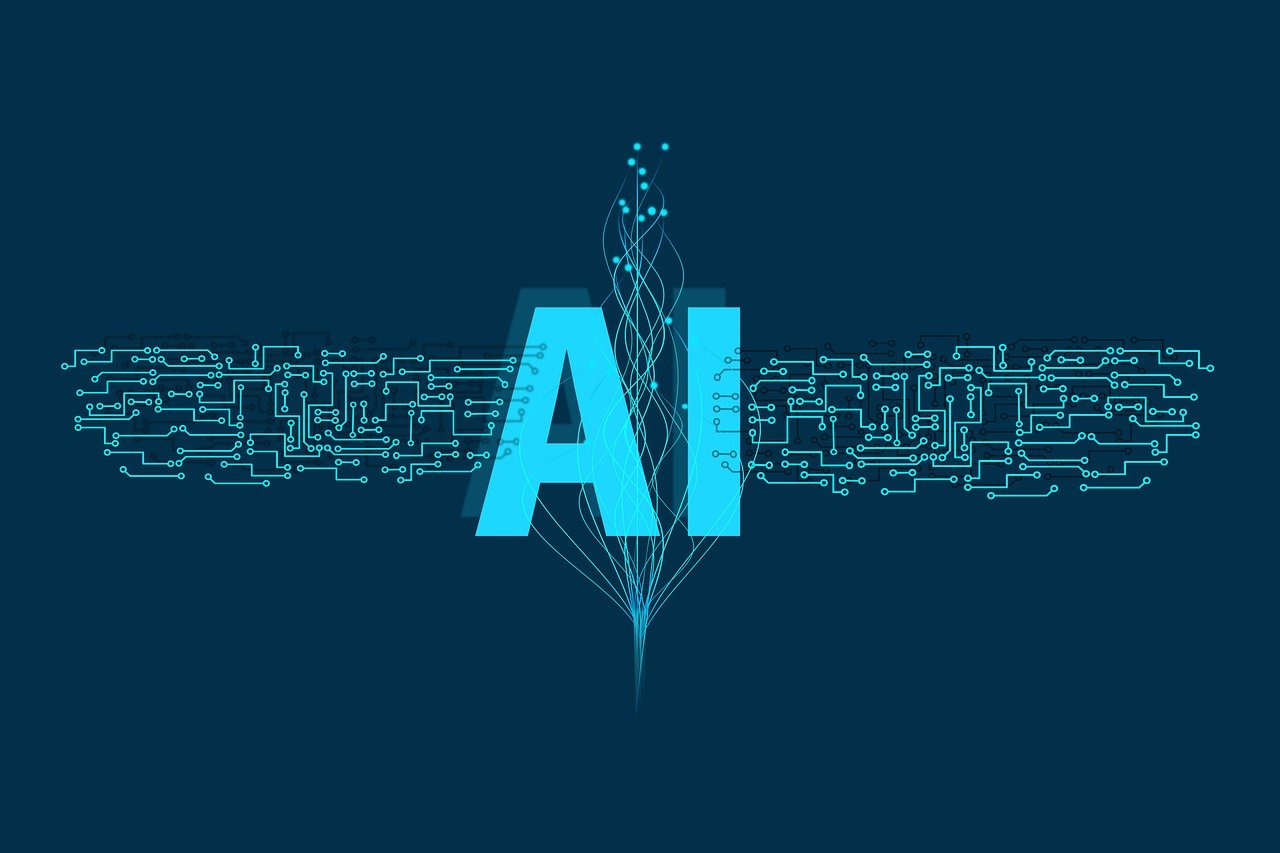
The use of artificial intelligence has boomed in recent years. That’s no surprise, considering AI can perform tasks without human input while meeting human-level intelligence. As such, more and more industries are making the most of this intelligent technology – including the maritime sector.
As a massive global industry ensuring the overseas transportation of goods, the maritime sector requires reliability and efficiency. Fortunately, AI can be used to reduce human error, save time, and increase sustainability. Read on to learn precisely how AI is used in the maritime sector.
Ship Navigation
AI is often used in the maritime sector to navigate ships. These AI-powered systems use real-time data to predict the best scheduling for shipments. It can also help vessels navigate through hazardous conditions on the water, ensuring no ships collide with others. As a result, these routes become safer, more efficient, and more sustainable.
Of course, for AI to work at its most effective for ship navigation, a rugged computing system at the edge is necessary. That’s why the maritime sector often uses industrial-grade embedded computing to perform data processing and AI. These robust systems can withstand the harsh environments of the marine industry, including vibrations, temperature change, and humidity. Specialists like things-embedded.com are among those that supply these types of powerful systems and their components.
Maintaining Equipment
Equipment maintenance in the maritime sector is essential, as it ensures minimal breakdown. It also means that systems run more efficiently as they’re not overworked due to unspecified damage. Unfortunately, equipment maintenance at this level takes up a lot of time and resources – that is, without the use of AI.
AI makes maintaining equipment in the maritime sector much more straightforward by analyzing the ship’s performance and flagging it when it is not performing as it should. That means parts get fixed or replaced quickly, and equipment only goes through maintenance when they need it.
Autonomous Ships
You have likely heard of autonomous cars and trucks on the road, but that now extends to the seas thanks to AI making autonomous ships possible. Using various technologies, including GPS, sensors, and AI, ships can navigate the waters with as little human input as possible. Without the need for as many crew members, there is a reduction in human error as well as saved costs.
Weather Forecasting
Extreme weather is one of the biggest – and most dangerous – challenges in the maritime sector. On the sea, ships often have to deal with heavy storms, which can cause delays and even harm the ship or the crew. Thankfully, AI makes avoiding extreme weather possible. After detecting an upcoming storm and where it might occur, AI can quickly create an alternate route for ships in the area.
Container Placement
Another way AI helps the maritime industry is by optimizing container placement inside ships. AI can assess the space, including its size and shape, to then instruct machinery on how to best place the containers. This means every square inch of the ship gets used, creating a more efficient, sustainable shipment.
As you can see, the maritime sector uses AI in various ways to make shipments more efficient, safe, and sustainable. As AI develops into the future, so will the industry.

